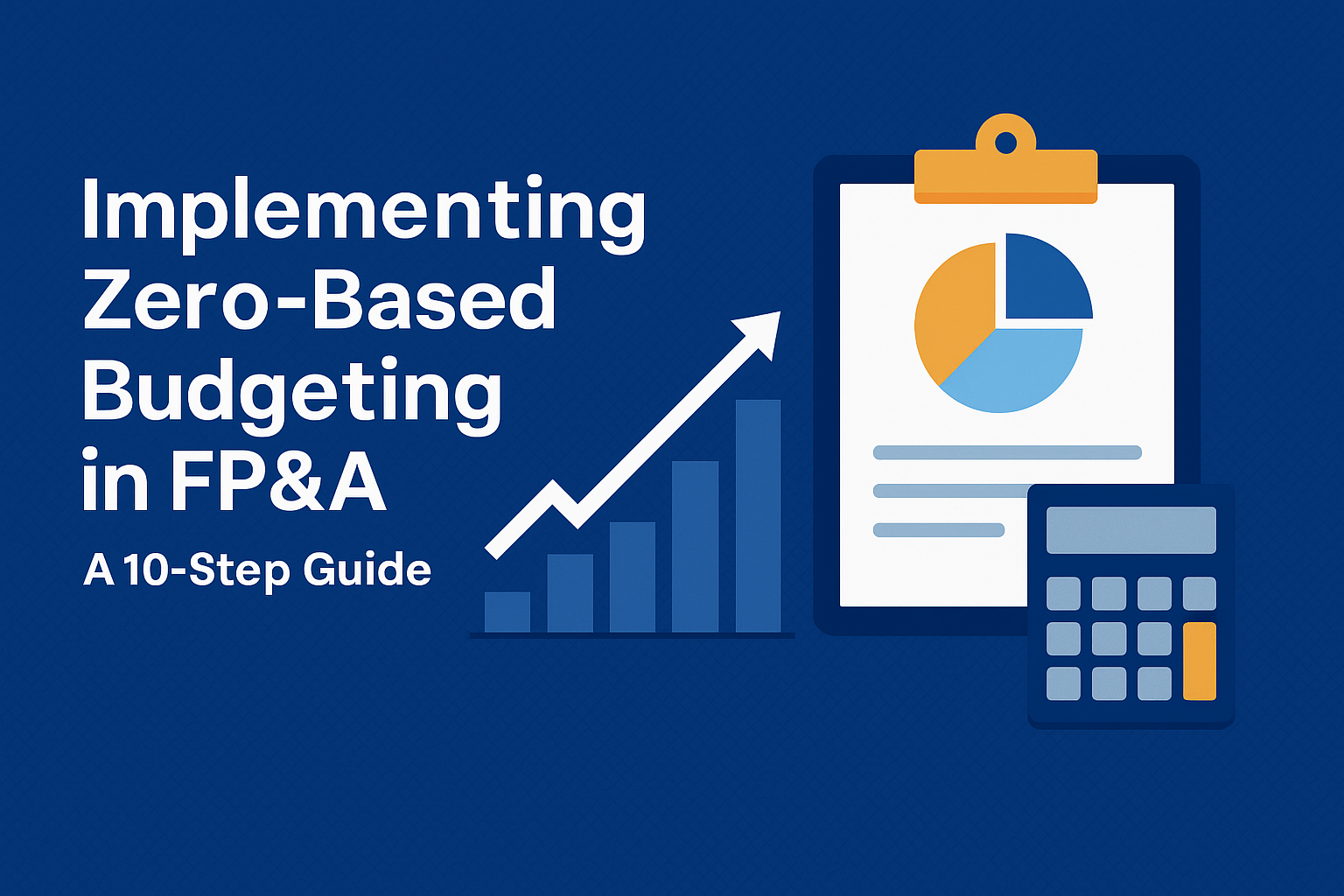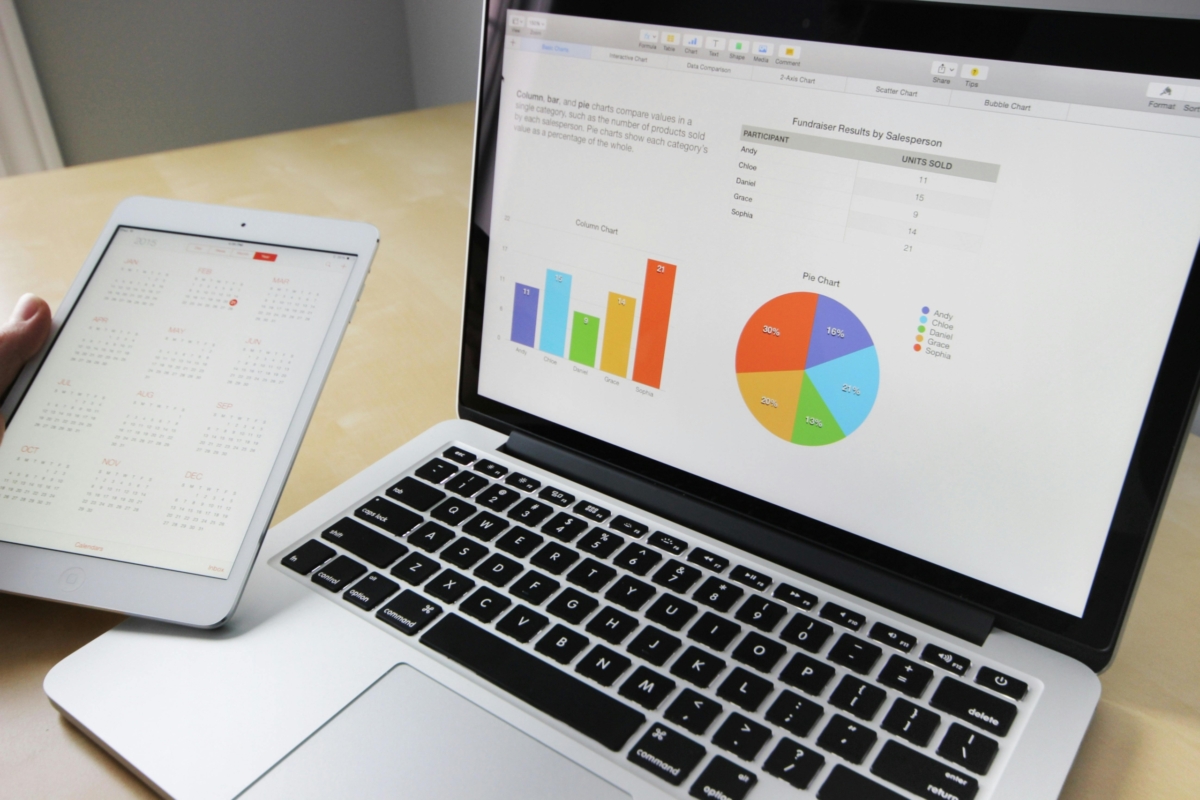How to Stress Test Your Model Without Breaking It
Financial models are fragile beasts. They look solid—clean lines, smart formulas, pristine formatting—but it only takes one wrong input or overconfident growth assumption to turn that glossy forecast into a cautionary tale. We’ve all seen it: one bad board question and the model unravels like a sweater caught on a nail.
The real test of a model isn’t how pretty it looks. It’s how well it holds up under pressure.
Stress testing is how we take that model off its pedestal and push it. Not gently. Deliberately. And with intent.
Let’s break down exactly how to stress test your financial model—without breaking your sanity.
Why Stress Testing Matters (More Than You Think)
Forecasts are great for telling a story. But stress tests ask: what happens when the story goes sideways?
Every CFO, operator, or investor worth their salt wants to know:
- What if revenue dips 20%?
- What if churn spikes?
- What if hiring freezes for 6 months?
- What if a global event nukes your supply chain?
Stress testing doesn’t just make your model resilient. It makes you credible.
The Anatomy of a Model Ready for Stress Testing
Before you dive in, your model needs to be structured like it wants to be tested. Here’s what we always check:
- Input Assumptions are Centralized: No rogue hardcoded numbers hidden in formulas.
- Key Drivers are Clearly Labeled: Revenue per unit, churn %, CAC, hiring timelines—all named, all obvious.
- Scenarios are Built-In: One-tab toggles or flags to move between base, upside, and downside.
- Outputs Flow Intuitively: Cash runway, burn, gross margin, EBITDA—all linked and traceable.
If your model isn’t clean? Stress testing won’t reveal anything except your pain tolerance.
Step 1: Define the Core Risks You’re Testing
Don’t throw numbers around just to look busy. Start by asking what could actually derail your plan.
Start With:
- Customer growth: too slow, too fast, wrong channels
- Churn: economic shifts, customer fatigue, competitive pressure
- Pricing: sensitivity, discounting, gross margin erosion
- Opex: hiring freezes, tool bloat, cost of goods surprises
- External shocks: regulation, supply chain, macro downturns
We recommend making a table like this:
| Risk Category | Scenario Description | Key Metrics Impacted |
|---|---|---|
| Revenue | 30% drop in new logos | ARR, Sales Ramp, CAC |
| Churn | Churn increases to 8% monthly | Net Revenue Retention |
| Hiring | Freeze on GTM hiring for 6 months | Revenue Ramp, Headcount |
| Pricing | 15% price reduction due to competition | Gross Margin, Top-line |
| External | Vendor delay of 3 months | COGS, Delivery Timelines |
Step 2: Create Toggle-Based Scenarios
Hardcoding stress tests is like supergluing your car doors. You’ll regret it fast.
Instead, create toggles in your assumption tab:
=IF(Scenario="Base", Assumption_Base, IF(Scenario="Downside", Assumption_Down, Assumption_Up))
Use dropdown menus or named ranges to switch between cases. Make the logic readable.
Then build visual flags into your model to show what’s active:
- Color code rows based on scenario
- Insert a header banner that highlights “STRESS TEST MODE: DOWNSIDE”
- Add comments explaining which assumptions are in play
Transparency builds trust. Especially when the numbers get ugly.
Step 3: Simulate the “Oh Sh*t” Moment
Start small. Then go nuclear.
Here are a few of the scenarios we like to run:
- Revenue Plateau: Revenue flattens in Q3 due to churn spike
- Cash Burn Surge: Opex jumps 20% due to hiring, software costs
- Customer Delay: Enterprise deals slip 2 quarters
- Churn + Price Cut: 5% churn increase + 10% discounting hits margins
Each time you run a scenario, watch how the dominoes fall:
- How does runway shift?
- When do you hit break-even—or miss it entirely?
- What’s the hit to margin vs. cash vs. EBITDA?
Stress testing isn’t just about one variable. It’s about compound chaos.
Step 4: Identify Inflection Points (a.k.a. the Panic Triggers)
This is the part most models miss.
Your job isn’t just to show what happens when revenue drops. It’s to find where the model bends or breaks.
Look for:
- Month when cash turns negative
- Month EBITDA dips below zero (again)
- Headcount required to support churn reversal
- Margin recovery timeline after discounting
Put these flags on your summary tab. Highlight them. Use conditional formatting to mark red zones.
That’s how you move from “here’s the math” to “here’s the insight.”
Step 5: Build a “What We’d Do” Playbook
This is where stress testing pays dividends. For each downside case, write a one-pager:
- What we’d cut
- What we’d defer
- What we’d double down on
- Headcount implications
- Investor communication plan
This is gold for your CFO. Even more for your board. Because now you’re not just predicting pain—you’re preempting it.
Bulletproofing Tips: Model Hygiene to Avoid Mid-Test Meltdowns
When you start playing with extreme inputs, your model will show its weaknesses. Here’s how to keep it clean:
Sanity Check Everything
- Formulas: Use error trapping (IFERROR, etc.)
- Links: Avoid circular references unless intentional
- Ranges: Use dynamic named ranges for flexibility
Comment Liberally
- Label every assumption
- Document why each scenario matters
Save Versions Like a Maniac
- Before stress testing: save a clean backup
- After each test: save snapshots with summary outputs
You want a paper trail. Especially when leadership asks, “Wait—what changed?”
Final Summary Table: What to Stress Test and How
| Stress Test Type | Input to Change | Expected Impact | Insight Goal |
| Revenue Stall | New logos flat for 2 quarters | Burn increases, runway shortens | Plan hiring contingencies |
| Churn Spike | Monthly churn 8%+ | Margin drops, CAC recovery lengthens | Understand retention dependencies |
| Pricing Pressure | 15% price cut | Gross margin compression | Reassess go-to-market strategy |
| Hiring Freeze | No sales hires for 6 months | Slower ramp, missed bookings | Delay opex growth responsibly |
| Cost Overruns | Infra/COGS +20% | Faster burn, margin erosion | Evaluate vendor exposure |
A Strong Model Isn’t Fragile—It’s Honest
Stress testing isn’t about being pessimistic. It’s about being real.
When we pressure test our models, we aren’t just validating math—we’re forcing clarity on strategy, risk, and resource allocation.
A great model doesn’t just survive turbulence. It becomes more useful because of it.
So test your model like your next round depends on it. Because it probably does.









Leave a Reply
Want to join the discussion?Feel free to contribute!